A charge +Q at A (see Fig. 3.140) produces electric field E and electric potential V at D. If we now put charges −3Q and +Q at B and C, respectively, then the electric field and potential at D will be
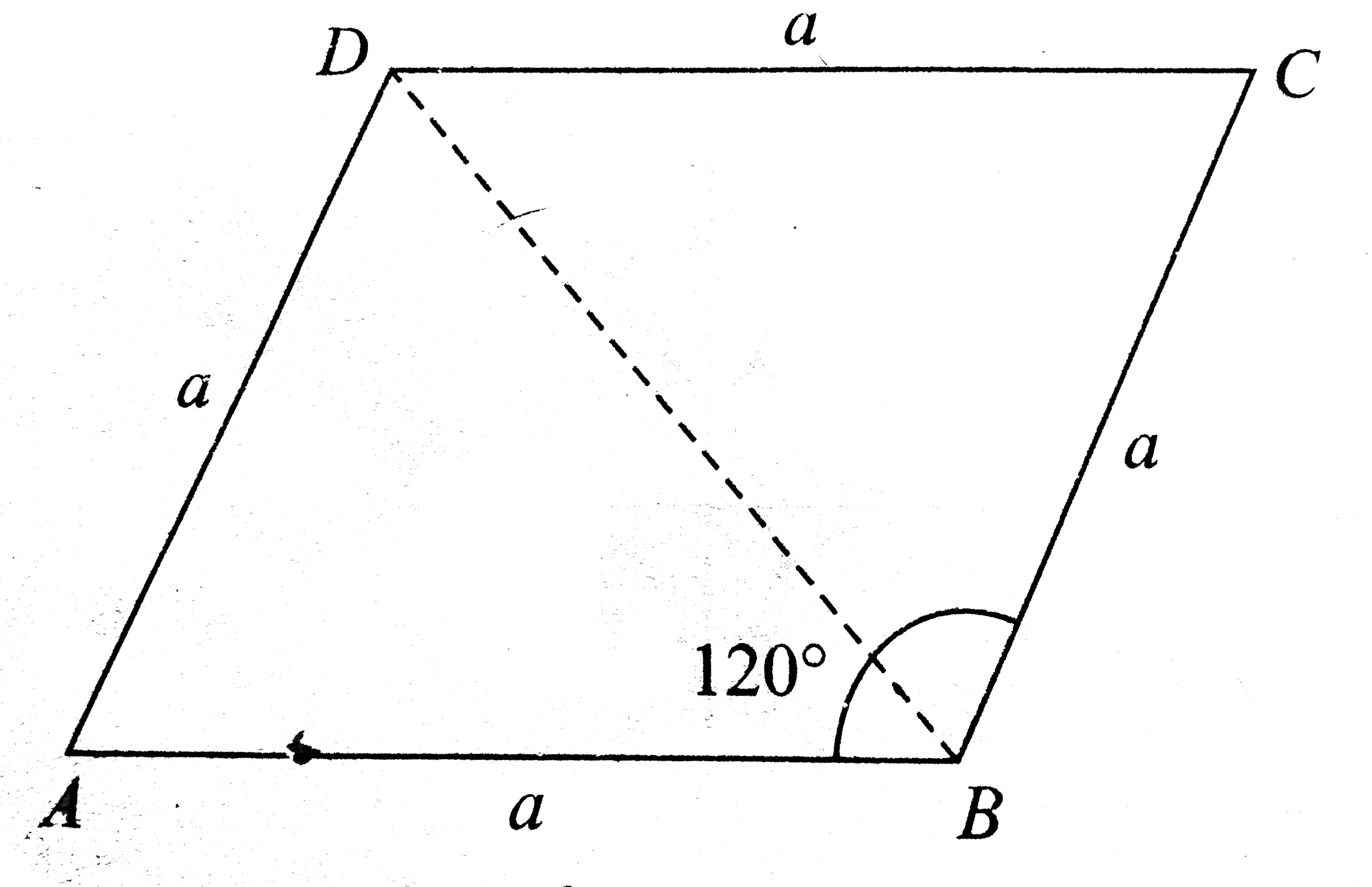 .
.
E and 0
2 E and - V
√2EandV√2
2 E and V
The correct Answer is:b
When only +Q charge is placed at point A, electric field at D is
E=14πε0Qa2 (i)
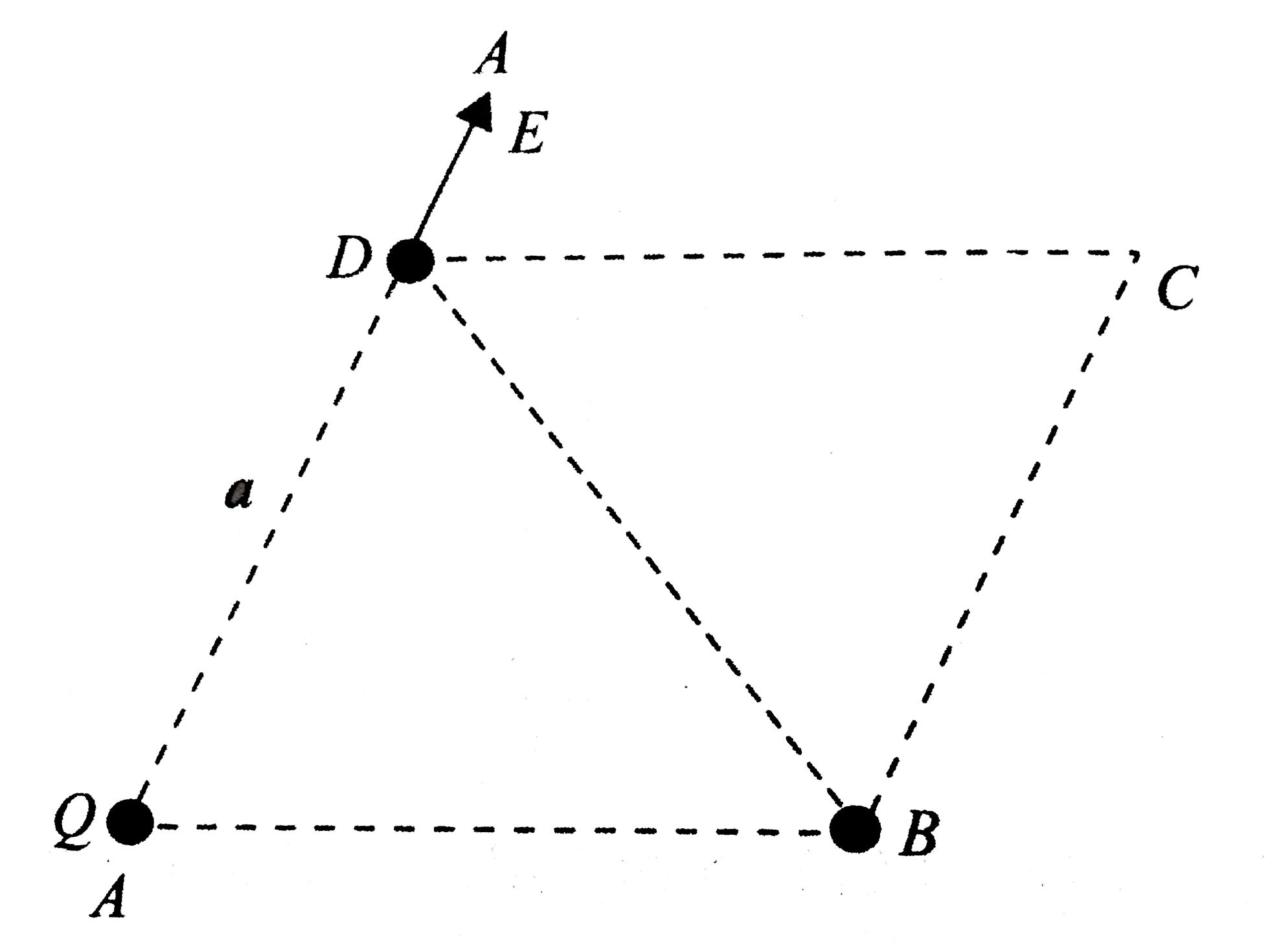
Electric potential at D is
V=14πε0Qa (ii)
When charges −3Q and +Q are placed at B and C, respectively, from figure it is clear that electric field at D will be 2E toward B.
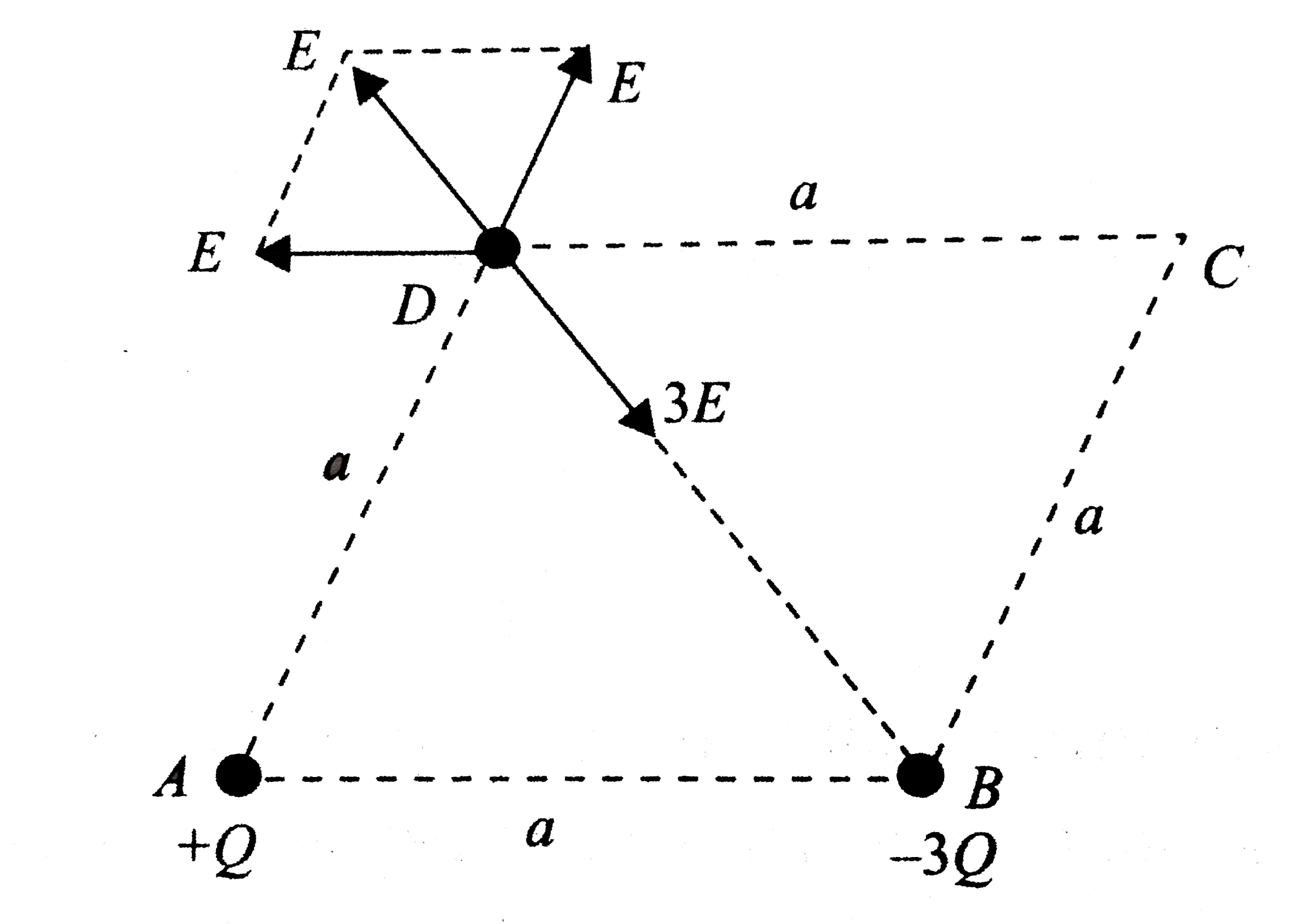
Electric potential at D will be
VD=14πε0Qa−14πε03Qa+14πε0Qa=−14πε0Qa=−V.
Topper's Solved these Questions
- ELECTRIC POTENTIALBOOK - CENGAGE PHYSICSCHAPTER - ELECTRIC POTENTIALEXERCISE - Multiple Correct
10 Videos
- ELECTRIC POTENTIALBOOK - CENGAGE PHYSICSCHAPTER - ELECTRIC POTENTIALEXERCISE - Comprehension
31 Videos
- ELECTRIC POTENTIALBOOK - CENGAGE PHYSICSCHAPTER - ELECTRIC POTENTIALEXERCISE - Subjective
28 Videos
- ELECTRIC FLUX AND GAUSS LAWBOOK - CENGAGE PHYSICSCHAPTER - ELECTRIC FLUX AND GAUSS LAWEXERCISE - MCQ s
38 Videos
- ELECTRICAL MEASURING INSTRUMENTSBOOK - CENGAGE PHYSICSCHAPTER - ELECTRICAL MEASURING INSTRUMENTSEXERCISE - M.C.Q
2 Videos
Similar Questions
A wire having a uniform linear charge density λ is bent in the form of a ring of radius R. Point A as shown in (Fig. 3.145) is in the plane of the ring but not at the center. Two elements of the ring of lengths a1 and a2 subtend very small same angle at point A. they are at distances r1 and r2 from point A, respectively (r2>r1).
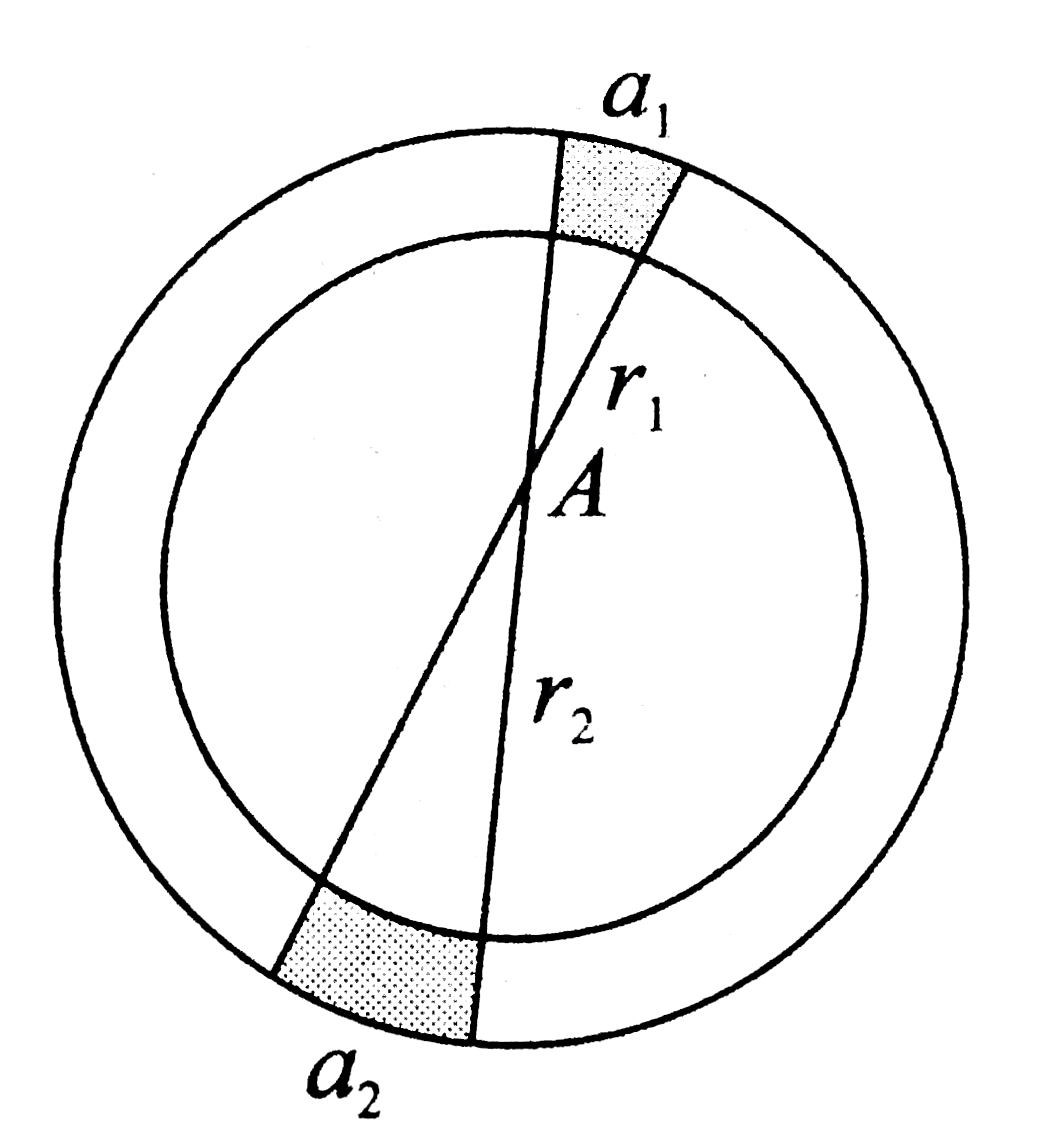 .
.
View SolutionTwo point charges are located on the x - axis : q1=−e at x=0 and q2=+e at x=a.
The work done by an external force to bring a third point charge q3=+e from infinity to x=2a is.
View SolutionThe variation of electric potential for an electric field directed parallel to the x - axis is shown in (Fig. 3.110). Draw the variation of electric field strength with the x- axis.
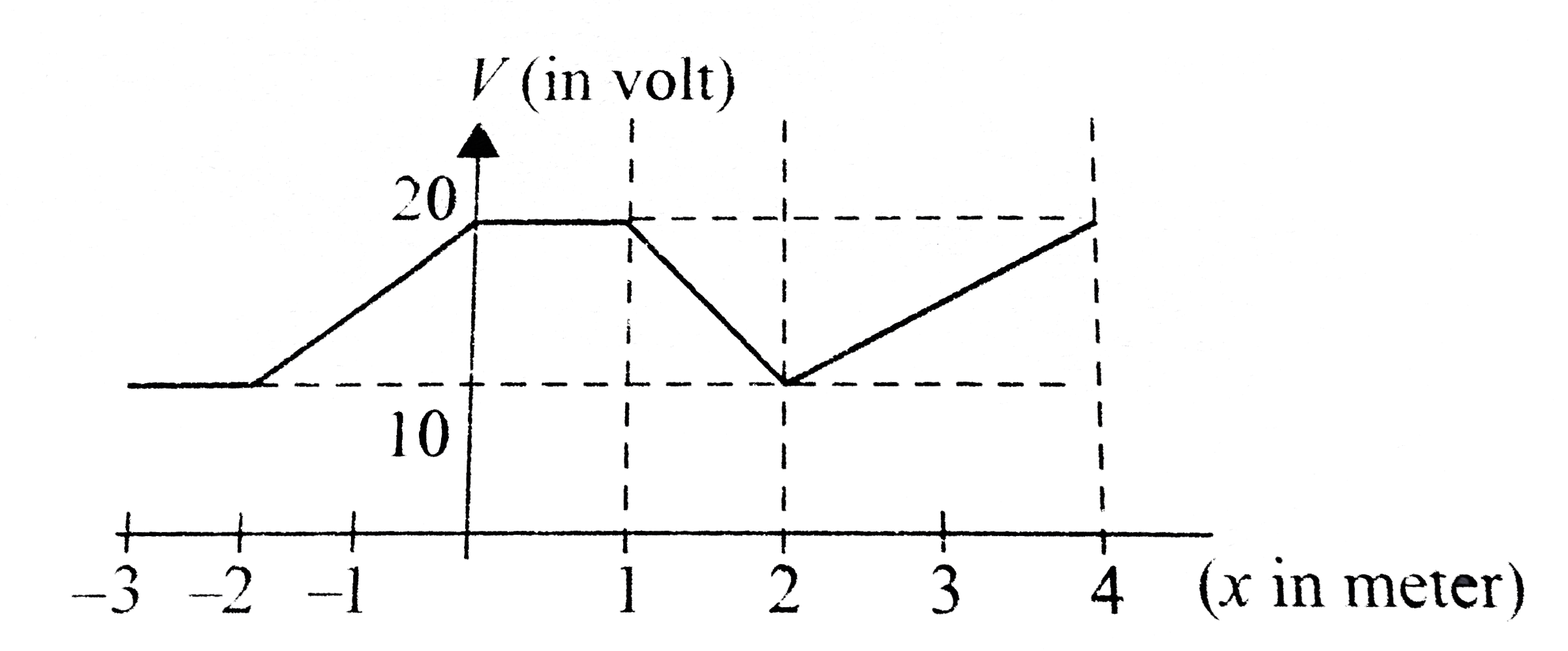 .
.
View SolutionElectric flux through a surface area 10m2 lying in the xy plane in SI units is (if→E=ˆi+√2ˆj+√3ˆkN/C)
View SolutionThe measurement of an unknown resistance R is to be carried out using Wheatstone bridge (see Fig. 2(EP).3). Two students perform an experiment in two way. The first student takes R2=10Ω and R1=5Ω. The other student takes R2=1000Ω and R1=500Ω. In the standard arm, both take R3=5Ω. Both find R=R2R1R3=10Ω within errors.
View SolutionA conducting sphere of radius R is given a charge Q . The electric potential and the electric field at the centre of the sphere respectively are
View SolutionA charge +Q at A (see figure) produces electric field E and electric potential V at D . If we now put charges -2Q and +Q at B and C respectively, then the electric field and potential at D will be
View SolutionA conducting sphere of radius R is given a charge Q. The electric potential and the electric field at the centre of the sphere respectively are
View SolutionIn the electric field of charge Q, another charge is carried from A to B, A to C, A to D and A to E, then work done will be :
View SolutionA conducting sphere of radius R is give a charge Q. The electric potential and the electric field at the centre of the sphere are, respectively
View Solution{:((i)"Quantisation of charges",(a) int_(infty)^(P)- vec(E).d vec(r) ),((ii)"Electric field",(b)"ne"),((iii)"Electric dipole moment",(c) (F)/(q)),("(iv) Electric potential",(d)2qa):}
View SolutionA charge + Q at A as shown in fig. produces electric field E and electric potential V at D. if we now put charges -2 Q and + Q at B and C respectively , then the electric field and potential at D will be :
View SolutionA conducting sphere of radius R is given a charge Q. The electric potential and the electric field at the centre of the sphere respectively are
View SolutionA conducting sphere of radius R is given a charge Q . The electric potential and the electric field at the centre of the sphere respectively are
View SolutionElectric field and electric potential inside a hollow conducting sphere of radius 'r' carrying a charge 'q' are respectively.
View Solution
